“Silkworm town” Ueda
Proceed about 800m east from the front of the Ueda Chamber of Commerce and go down 400m south, there is the office of the Ueda Silkworm Species Cooperative Association.
My bicycle is in front of the building.
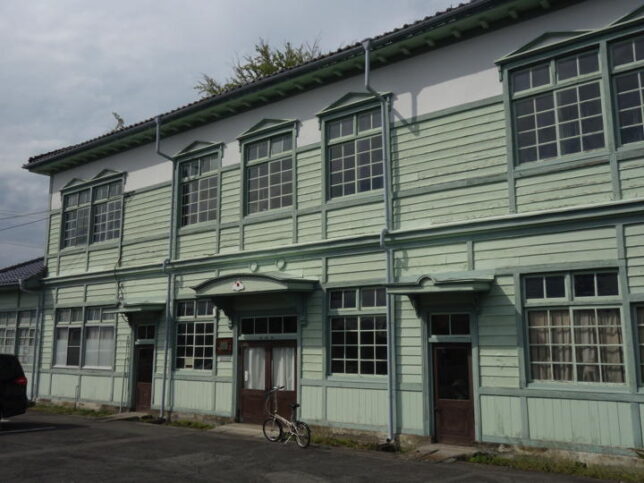
It seemd that no one is coming because I was visiting on a holiday this time. The curtain was also closed.
I saw only the exterior of the building.
Looking at past images on Google Street View, it seems that the paint was peeling off in 2012, but it was repainted by 2015. It’s clean.
Next to the entrance, a plate of registered tangible cultural property (registered in 1997) and a plate of the 2007 modern industrial heritage were attached.
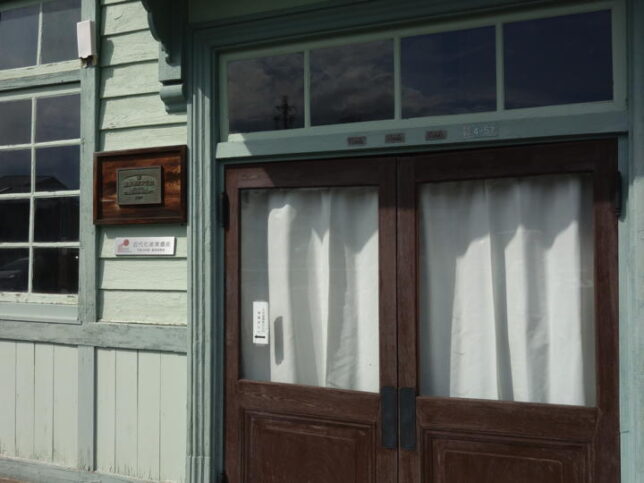
On the placard, “Ueda Silkworm Species Co., Ltd. Office Entrance" was written with an arrow pointing to the left. The door on the left seems to be the entrance to the office.
The Ueda Silkworm Species Cooperative was established in 1916 (* another material says, it was established in 1917), and the main buildings such as the office building and egg collection room were completed in 1917 the following year.
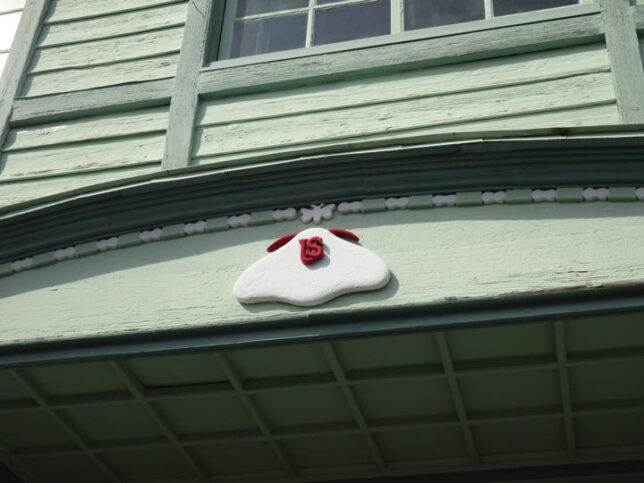
The symbol mark at the top of the entrance seems to be a hot topic sometimes.
The exterior of the building is Western-style, but the interior is Japanese-style.
In the Taisho era (1912-1926), it was a challenge to stabilize the quality of raw silk at the request of the silk industry. At the end of the Meiji era, a first-generation hybrid was developed by crossing with a foreign species, and in the early Taisho era, research began in Ueda and Matsumoto in the prefecture. It has been able to produce hybrids in Ueda since 1916.
The production of first-generation hybrids has become more difficult in small silkworm seed shops because it is more difficult to manage and requires specialized knowledge.
Under these circumstances, Ueda Silkworm Species Co., Ltd. was established for the purpose of producing excellent hybrids with native species.
During this period, other silkworm specied produceing companys were established in the Ueda Chiisagata district, and it is said that mass production of first-generation hybrids began.
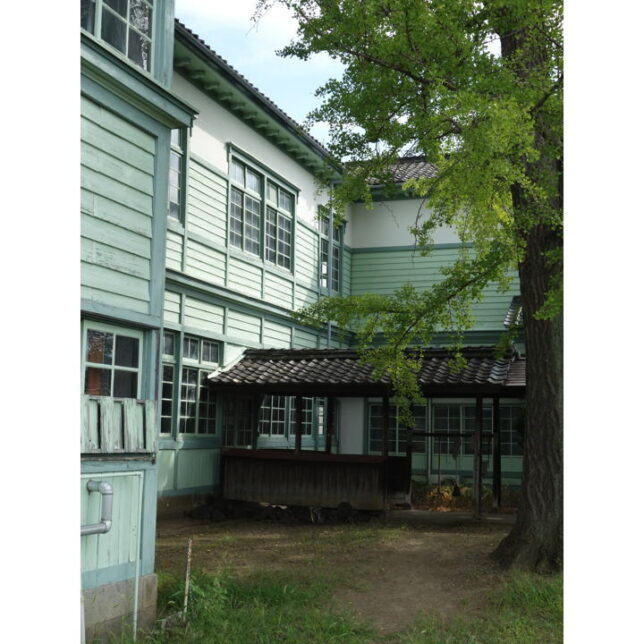
I walked to the left, the west side of the building.
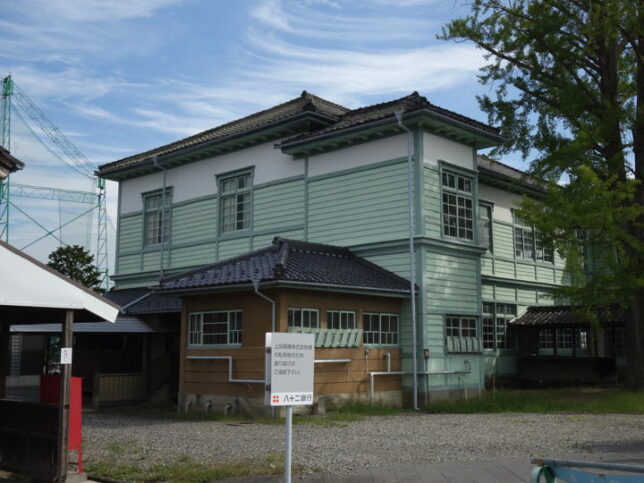
There was a notice that you should refrain from passing through because it is privately owned.
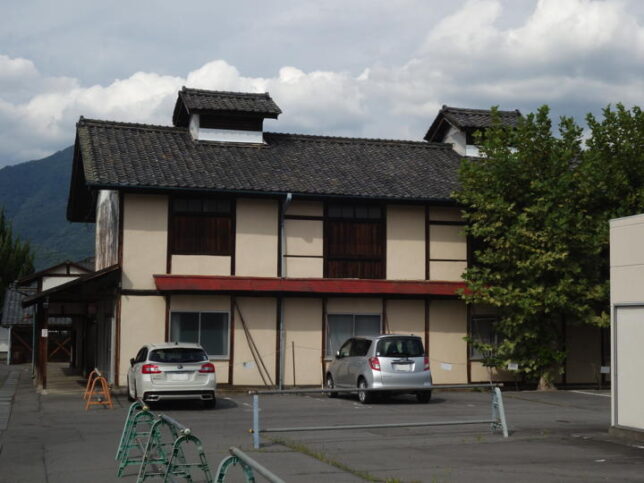
There are several buildings on the north side.
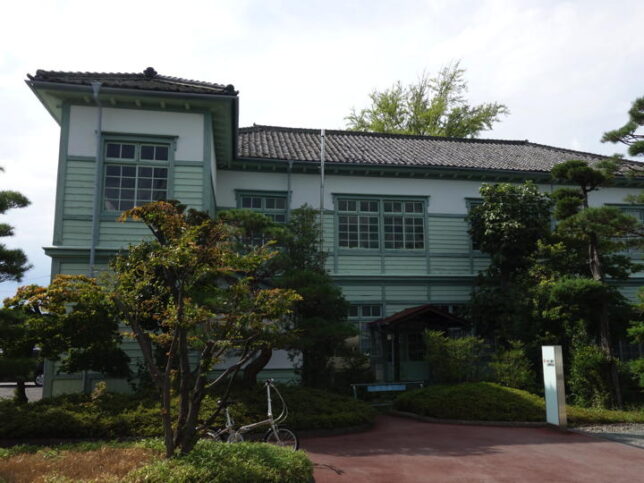
I went back the front, and went to the east side. The building is T-shaped.
A little south of here, there is the Faculty of Textile Science and Technology, Shinshu University. The auditorium of the university is also famous for its modern architecture, so I went there.
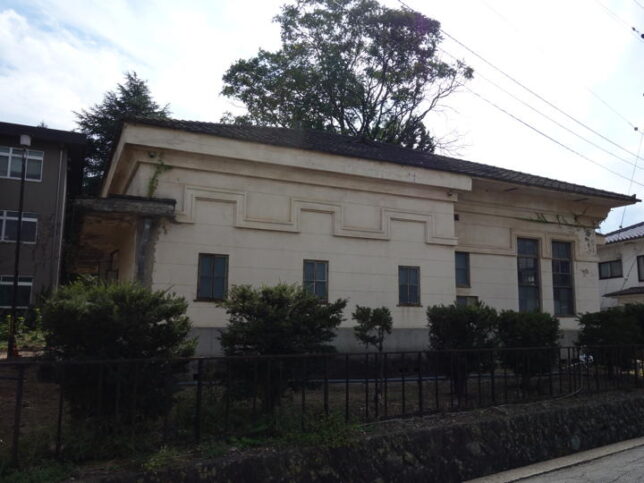
The building seen on the premises of the faculty. This also looks old. The name of the building wasn’t written on the campus map of the university site, so I still don’t know.
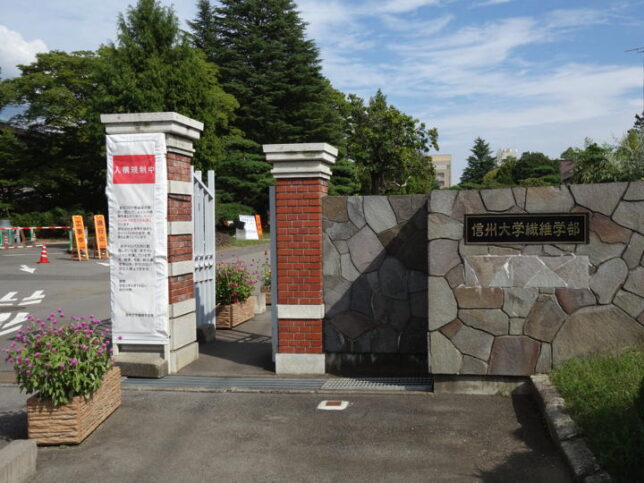
Now, I came to the main gate.
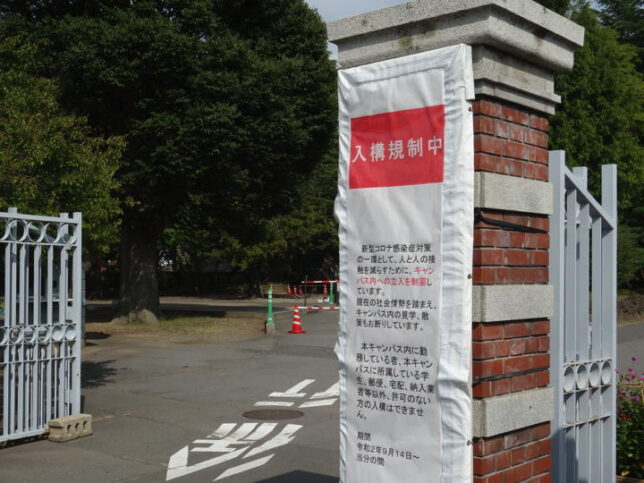
Admission is being restricted … It was not an atmosphere that outsiders could visit in general.
I couldn’t help it, so I gave up the tour. Let me come visit again when the corona is settled … When will it be? (Since I went there in September, I hoped for improvement after that, but recently, we are no longer in a situation where we can go out further.)
【reference】
“Ueda City Modern History (2) Glory of Silkworm town Ueda" [Translated from Japanese.] , 2003, Ueda City / Ueda City Hstory Publishing Committee
(Translated : 2021.04.21)
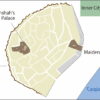
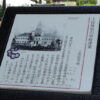
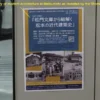
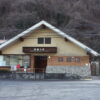
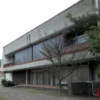
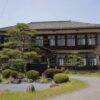
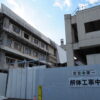
Recent Comments